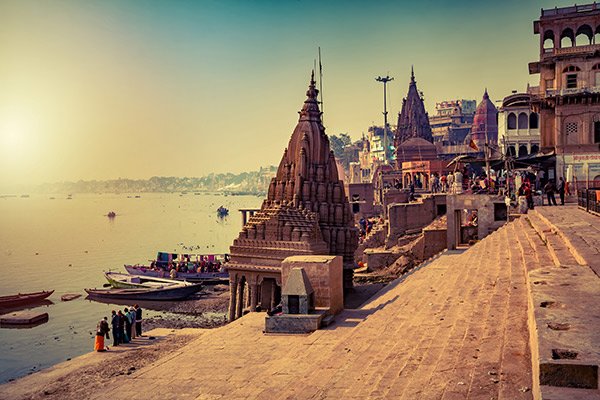India’s remarkable economic growth hasn’t been mirrored in its tourism sector, prompting calls for a modernized and digitally-driven revamp of the ‘Incredible India’ campaign to allure foreign visitors. Despite the resurgence of the domestic travel market during the pandemic, there’s a pressing need for a substantial increase in foreign tourists, given their significant economic contribution, noted India’s G20 Sherpa and former CEO of Niti Aayog, Amitabh Kant, at an annual event organized by the Hotel Association of India in the capital.
Kant proposed concentrating on developing five key states as tourism hubs and harnessing private sector expertise to unlock the country’s potential in this multi-billion dollar market, particularly in the MICE (meetings, incentives, conferences, and exhibitions) segment where India currently has a minimal share.
Highlighting the necessity for a dynamic and digital rendition of the ‘Incredible India’ campaign, Kant emphasized its penetration into every market, underscoring the criticality of foreign tourists for India’s tourism sector. Despite eleven states granting tourism industry status, several have yet to extend the associated benefits, necessitating concerted efforts to persuade state governments. Kant stressed the need for the Center to recognize tourism as an industry, given its role as a job creator.
While Kant expressed optimism about overall economic growth boosting tourism and infrastructure development, such as new airports, further contributing to the sector’s success, he downplayed concerns about reduced funding for overseas tourism promotion in the recent interim budget. Kant reasoned that with airports springing up nationwide, tourism would naturally flourish.
However, Kant underscored the urgency of augmenting foreign tourism, citing its value contribution and job creation potential. Despite India’s economic ascent and infrastructure development, the drastic reduction in the government’s overseas tourism promotion budget raises apprehensions. In this year’s interim budget, the government allocated a mere ₹3 crore for overseas tourism promotion, marking a 97% decrease from the previous year.
Kant envisioned substantial tourism potential in India, advocating for a proactive approach by the hospitality industry in selecting and showcasing model states. He stressed the importance of involving the private sector in tourism activities, from arrival to departure.
Additionally, Kant identified the MICE market as a promising focus area, highlighting India’s enhanced infrastructure capabilities and the sizable market potential worth $500 billion. With the travel market projected to reach $125 billion by FY27, and tourism jobs expected to grow from 31.8 million in 2020 to 53 million by 2029, there’s immense opportunity for growth in India’s tourism sector.
Despite domestic tourist visits witnessing a significant increase in 2022, reaching 1.73 billion, up 155% from 2021, it remains lower than the pre-pandemic levels of 2019. The statistics underscore the need for concerted efforts to revitalize India’s tourism sector and capitalize on its immense potential for economic growth and job creation.
